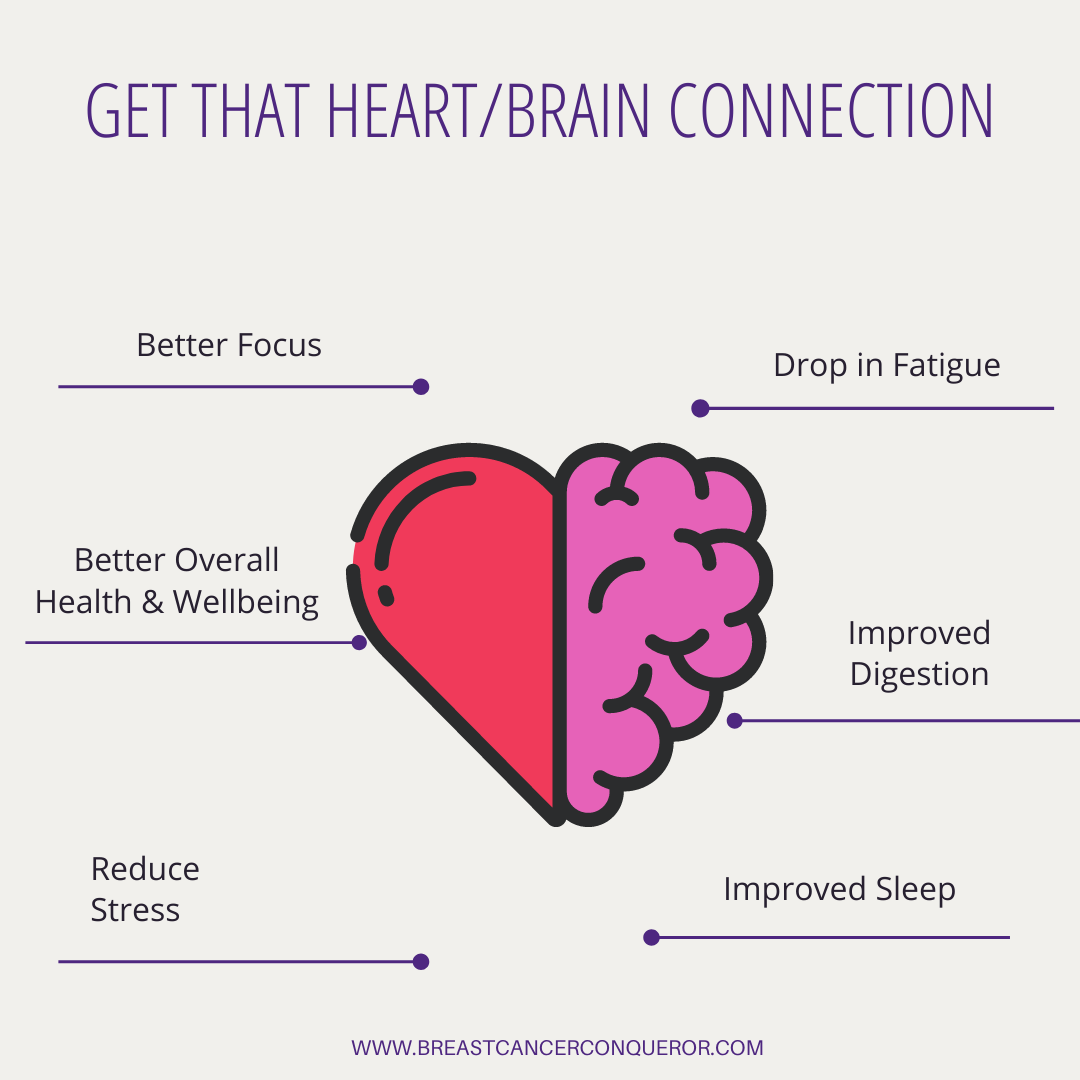

Word Psychiatry: “The Underlying Neurobiology of Bipolar Disorder. Not only does that make it the fattiest organ in the human body. The Dana Alliance for Brain Initiatives: “How Does Exercise Affect Your Brain?” The Association of Migraine Disorders: “Causes of Migraine.” So if seizures happen in the area in charge of language, you may not be able to. The American Journal of Psychiatry: “Accelerated Gray and White Matter Deterioration with Age in Schizophrenia.” A seizure can disrupt the area of the brain in charge of a particular function. Psychiatry Research: “Mindfulness Practice Leads to Increases in Regional Gray Matter Density.” Neurology: “Migraine and Structural Changes in the Brain.” Neurochemistry Research: “Inflammation, Depression, and Dementia: Are They Connected?” National Stroke Association: “What is Stroke?” National Multiple Sclerosis Society: “Definition of MS,” “Diagnosis: The Basic Facts.” National Institute on Aging: “What Happens to the Brain in Alzheimer’s Disease?” National Institute on Alcohol Abuse and Alcoholism: “Alcohol’s Damaging Effects on the Brain.” National Institute of Mental Health: “ADHD,” “Bipolar Disorder,” “Post-Traumatic Stress Disorder,” “Schizophrenia.” deficit/hyperactivity disorder is not, at its core, an attention problem.
#THEBRAIN NOT SYNCING HOW TO#
National Health Service (UK): “Bipolar Disorder.” Your Brains GPS Is Glitchy: Why Working Memory Fails and How to Bolster It. Persons who have symptoms that do not go away should see their doctor immediately. Mayo Clinic: “Concussion, “Meditation,” “Multiple Sclerosis.” Most malignant brain tumors and brain cancers have spread from other. Lancet: “Association of Translocator Protein Total Distribution Volume with Duration of Untreated Major Depressive Disorder: A Cross-Sectional Study.” Journal of Neural Transmission: “Longitudinal Brain Volume Changes in Major Depressive Disorder.” Johns Hopkins Medicine: “How a Migraine Happens.” Harvard Medical School: “Regular Exercise Changes the Brain to Improve Memory, Thinking Skills.” corpus callosum: The collection of nerve fibers connecting the two cerebral hemispheres. Some examples of poor locations are: located behind a Television, inside a closed cabinet, on top of your Wi-Fi router.5) Wellcome Department of Cognitive Neurology / Science Sourceħ) Charing Cross Hospital / Science Sourceĩ) Living Art Enterprises / Science Sourceġ4) Science Photo Library / SCIEPRO / Getty ImagesĪlcoholism: Clinical & Experimental Research: “Hippocampus Volume Loss Due to Chronic Heavy Drinking.”Īmerican Academy of Child & Adolescent Psychiatry: “ADHD & the Brain.”Īmerican Heart Association: “Effects of Stroke.”Īmerican Stroke Association: “What You Should Know About Cerebral Aneurysms.”Īnnals of the New York Academy of Sciences: “Amygdala, Medial Prefrontal Cortex, and Hippocampal Function in PTSD.”Īrchives of Neurology: “Association of Alcohol Consumption with Brain Volume in the Framingham Study.”īiological Psychiatry: “Alternations in Resting-State Functional Connectivity Link Mindfulness Meditation with Reduced Interleuken-6: A Randomized Controlled Trial.”ī: “What Happens to the Brain During and After Concussion?”Ĭurrent Opinions in Neurobiology: “The Amygdala and Emotion.”Ĭurrent Opinions in Psychiatry: “Evidence for White Matter Abnormalities in Schizophrenia.”ĭialogues in Clinical Neuroscience: “Traumatic Stress: Effects on the Brain.” Oftentimes, this is due to this region of the brain not working as hard as it needs to. Weak strengths to your Sync Module can result in missed or delayed actions when attempting to view your cameras. The substitute teacher stopped teaching and sat down at the desk.

Obstacles and distance are the biggest contributors to poor signals. Putting a Sync Module in a hidden area can also reduce its visibility and cause it to suffer from interference. We recommend positioning your Sync Module in a "Man-in-the-Middle" style location, where it can receive a good signal from your Wi-Fi router but also have visibility to your cameras. It only relies on having good signal strengths toward your Wireless Router. The Sync Module is the brain of the system and helps initiate the commands from the App to our Servers and back to your system. Wi-Fi (2.4 GHz) - is the signal that the cameras share with your Wi-Fi router.LFR - a.k.a "Low Frequency Radio", is the signal that cameras share with the Sync Module.Its important to note that the cameras utilize two types of signals for communication: Anything less can exhibit intermittent issues with the performance of your system. It is critical for the cameras to have three bars to avoid performance issues. The Blink system relies on having good signal strengths for optimal performance in viewing Live View feeds, uploading motion clips and video quality.


 0 kommentar(er)
0 kommentar(er)
